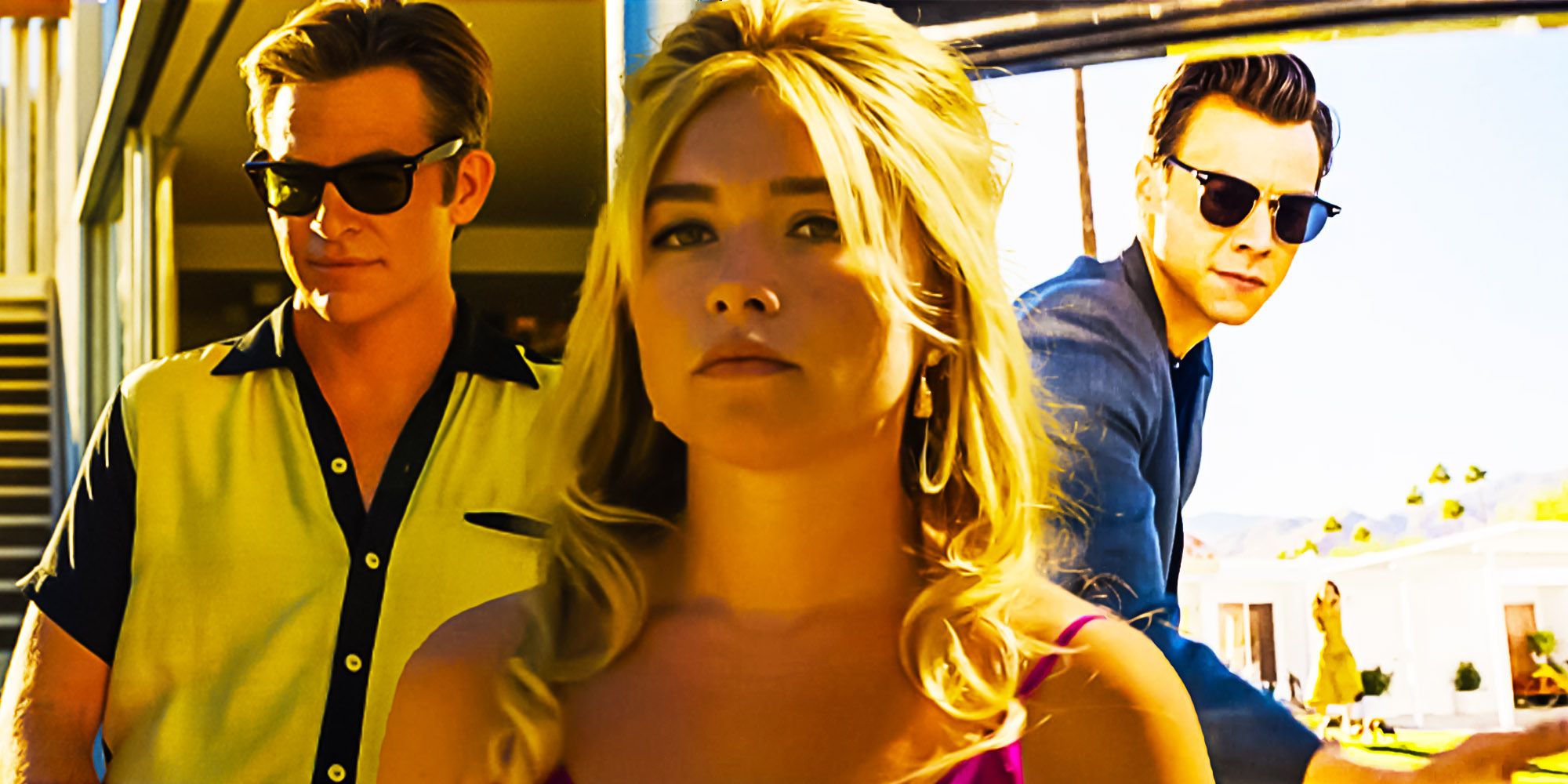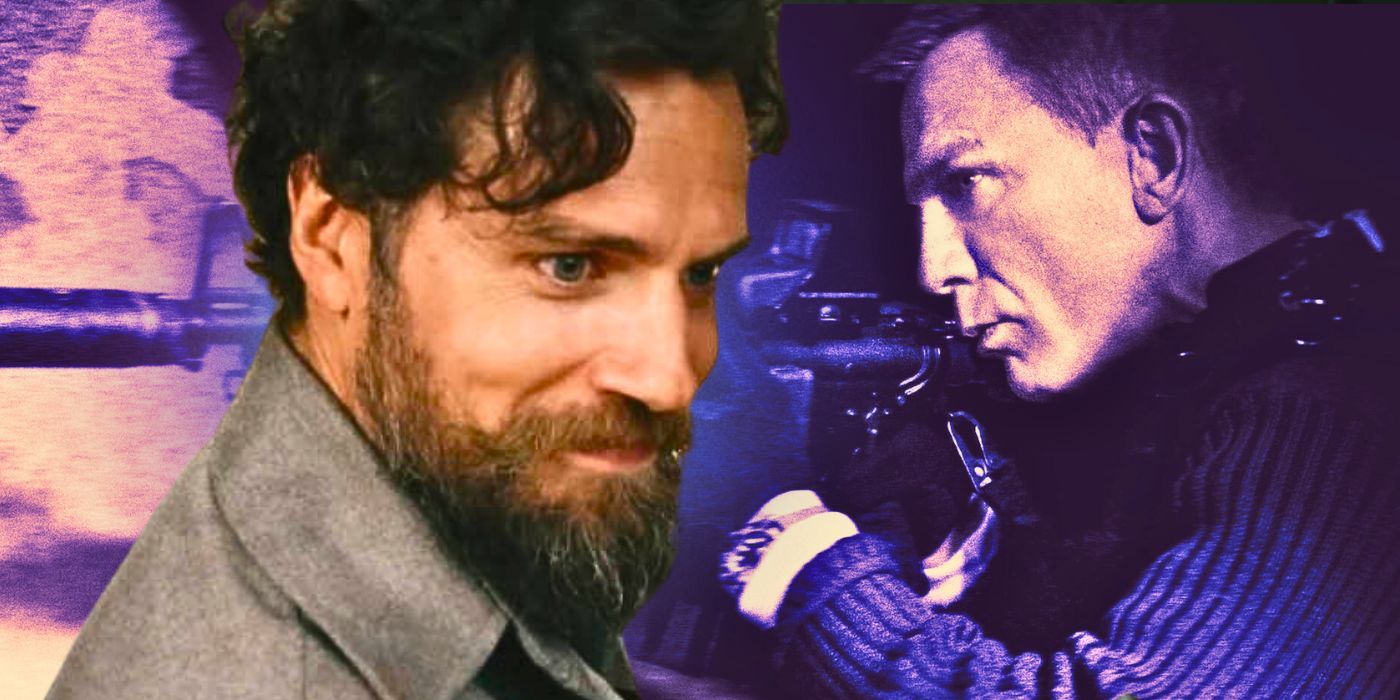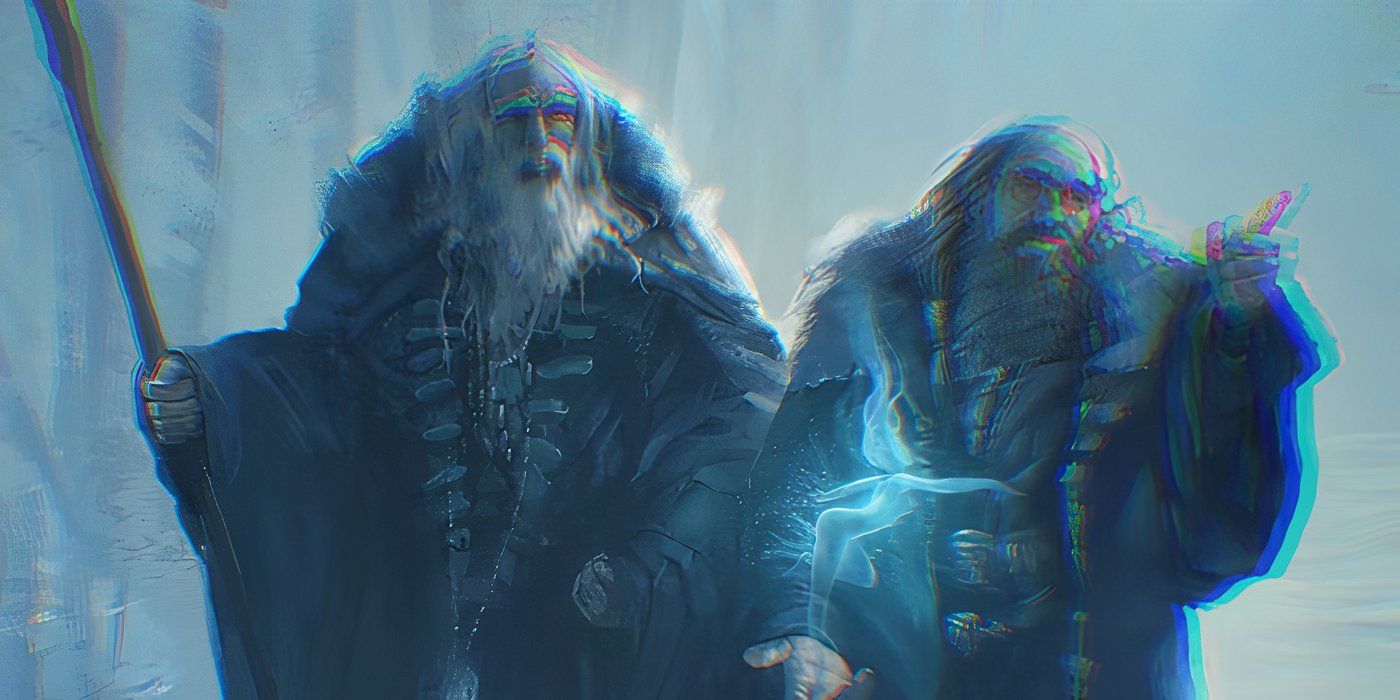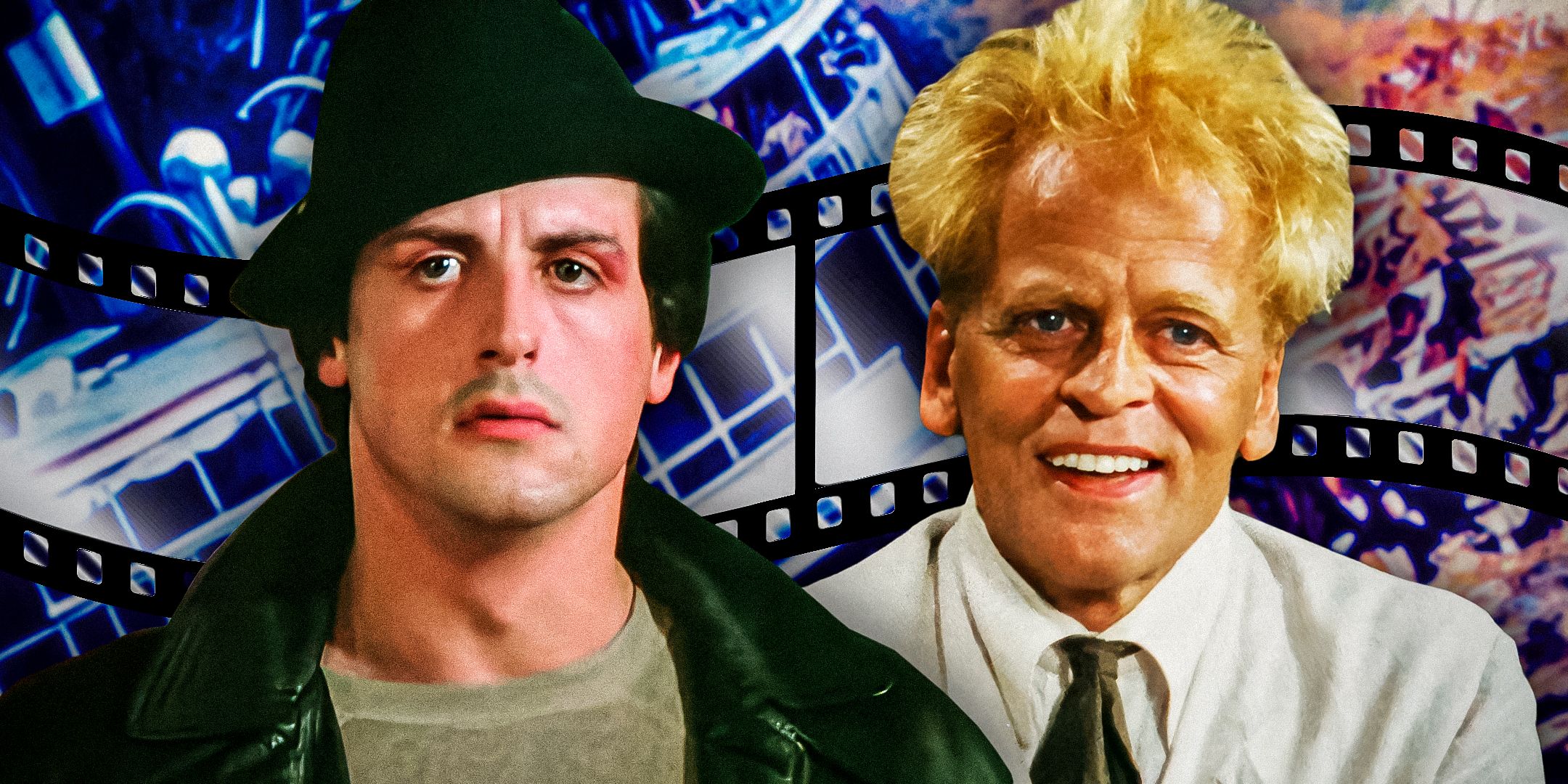Summary
- Behind-the-scenes drama in filmmaking can mirror the intensity of on-screen stories.
- Apocalypse Now faced setbacks like actor replacements and logistical challenges.
- The Shining's demanding director pushed actors to the brink, leading to a grueling filming experience.
In the world of filmmaking, drama isn't limited to what unfolds in front of the camera. Often, there's even more drama behind the scenes. From heated rivalries between lead actors to directors pushing their cast and crew to the brink, the production process can be filled with tension, controversy, and unexpected challenges. Movies like Apocalypse Now, The Shining, and Whatever Happened to Baby Jane? are notorious examples of films where the off-screen drama rivaled the intensity of the stories being told on-screen.
These behind-the-scenes conflicts, whether stemming from creative differences, personal feuds, or the relentless pursuit of perfection, have often added to the mystique and fascination surrounding these films. In some cases, the trials and tribulations experienced during production have even mirrored the themes and struggles depicted in the movies themselves. Despite the challenges, many of these films have gone on to become cinematic masterpieces, their legacies forever intertwined with the extraordinary circumstances under which they were created.
10 Apocalypse Now (1979)
Directed by Francis Ford Coppola
Apocalypse Now
- Director
- Francis Ford Coppola
- Release Date
- August 15, 1979
- Writers
- Joseph Conrad , John Milius , Francis Ford Coppola , Michael Herr
- Cast
- Marlon Brando , Martin Sheen , Robert Duvall , Frederic Forrest , Sam Bottoms , Laurence Fishburne
- Runtime
- 147 minutes
Despite being one of cinema's most prolific films, Apocalypse Now was plagued with an array of complications that tested the resolve of director Francis Ford Coppola and his crew. From the early days of filming, the project encountered a significant setback when lead actor Harvey Keitel was replaced by Martin Sheen, making it necessary to re-shoot several scenes. Months later, Sheen's near-fatal heart attack further disrupted the production, forcing Coppola to rely on body doubles and improvisation to maintain progress.
Recreating the war-torn environment of the story presented its own set of challenges. The crew grappled with the logistics of constructing elaborate sets in the unforgiving jungle, as well as coordinating the use of real military equipment. The film's iconic helicopter attack sequence was repeatedly hindered by the unpredictable nature of the Filipino pilots, who would abruptly abandon their choreographed shots to engage in real-life conflicts. Despite Apocalypse Now’s several different cuts and versions, Coppola remained steadfast in his commitment to bringing the project to life, ultimately crafting a cinematic masterpiece that has stood the test of time.
9 Twilight Zone: The Movie (1983)
Directed by John Landis, Joe Dante, George Miller, and Steven Spielberg
Twilight Zone: The Movie (1983)
- Director
- John Landis , Steven Spielberg , Joe Dante , George Miller
- Release Date
- June 24, 1983
- Writers
- John Landis , George Clayton Johnson , Richard Matheson , Melissa Mathison
- Cast
- Dan Aykroyd , Albert Brooks , Scatman Crothers , John Lithgow , Vic Morrow
- Runtime
- 101 Minutes
The production of Twilight Zone: The Movie was tainted by tragedy when a helicopter crash claimed the lives of actor Vic Morrow and child actors Myca Dinh Le and Renee Shin-Yi Chen during the filming of the "Time Out" segment, directed by John Landis. The children were hired illegally, and their deaths sparked outrage among the film's creators. Director Steven Spielberg publicly condemned the incident, asserting that no movie is worth dying for, while co-director George Miller was so disturbed that he abandoned post-production of his segment.
It later came to light that the scenes involving the child actors were not part of Landis's original script, but were added after Warner Brothers executives deemed Morrow’s character too unsympathetic. The ill-fated scene called for him to rescue the children from a village under attack. However, the helicopter, struggling to navigate through pyrotechnic fireballs, spun out of control and crashed, killing all three instantly. The tragedy remains a haunting reminder of the importance of safety on film sets, and continues to haunt the film industry to this day.






